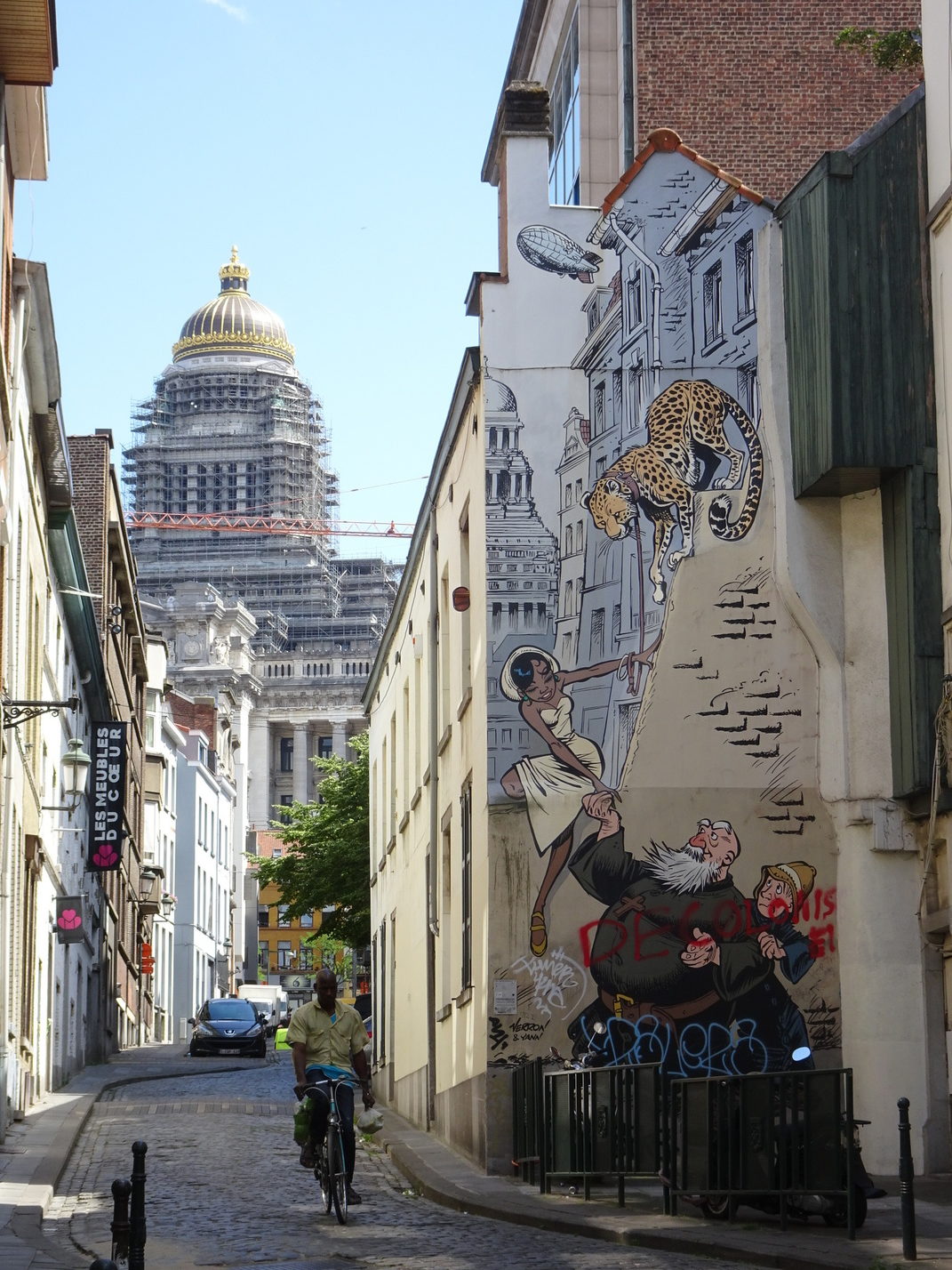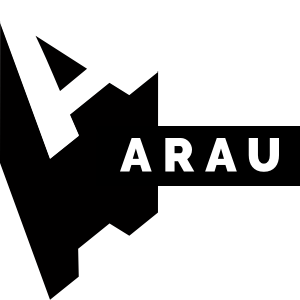Les Marolles: The voice of modest housing
While the urban planning struggle in the Marolles district was the foundation of all the similar struggles that followed in Brussels, it was also closely linked to the history of ARAU and to an iconic personality, the parish priest Jacques Van der Biest, a leader of this struggle and one of the founders of ARAU.

While the urban planning struggle in the Marolles district was the foundation of all the similar struggles that followed in Brussels, it was also closely linked to the history of ARAU and to an iconic personality, the parish priest Jacques Van der Biest, a leader of this struggle and one of the founders of ARAU.
The “Battle of the Marolles” has passed into popular culture and had a happy outcome: the retention of affordable housing for people of modest means in a central district of Brussels, which has managed to resist property developers and vague ideas of urban cleansing by the city council. But the story is not over yet and is becoming ever more complex!
This working-class and commercial district has historically been subject to improvement programmes and public-health schemes. Since the early twentieth century, it has seen the construction of some remarkable social housing developments, ranging from the Art Nouveau Cité Hellemans (1915) to the Minimes estate, in the shadow of the imposing Palais de Justice, using very different styles of buildings. Today, the social housing blocks of flats built in the 1970s and 1980s are being renovated, with the aim of improving their integration into the cityscape as well as upgrading them to modern standards of comfort and energy conservation.
In addition, urban renewal policies are still often in the news and seen as divisive, as much about the use of space as about the amount of public funds available. Residents’ committees and associations have ceaselessly made clear their demands that both public and private projects respect the district’s identity and meet the needs of the people who live there.
Picture © visit.brussels – Jean-Paul Remy
